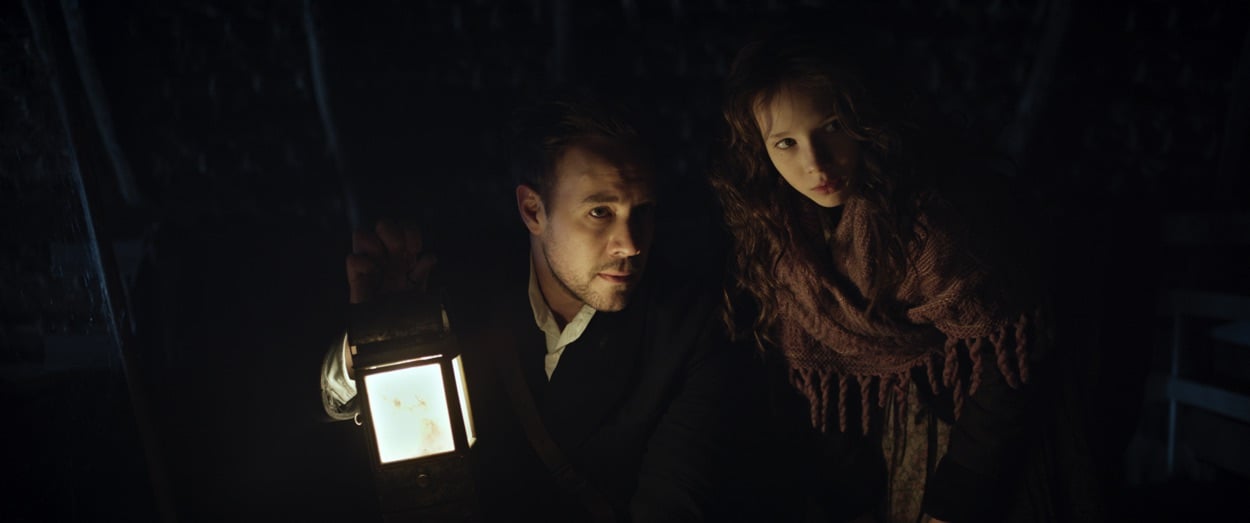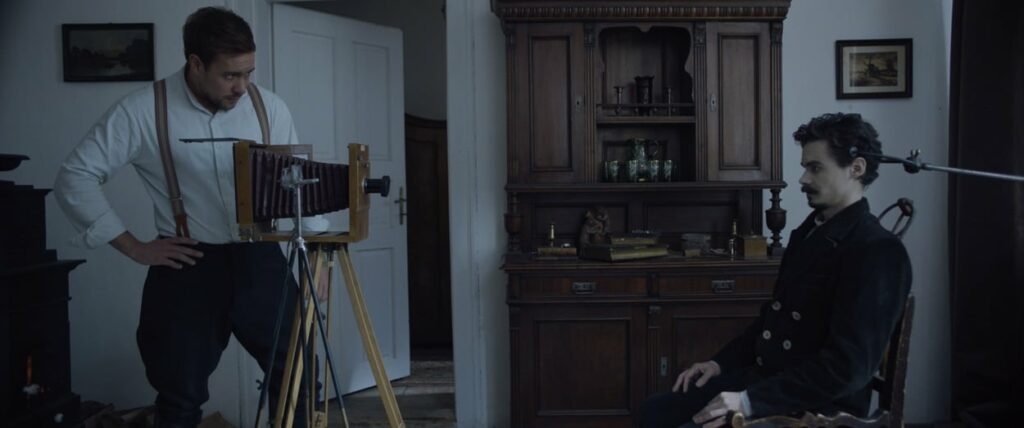For a while there was an odd debate going on out there as to whether Post Mortem was or was not Hungary’s first horror movie. On the trivia pages of the IMDb someone claimed that it most definitely was. Since the claim was tucked in among positive reviews from various film festivals, it looked like a case of zealous PR.
On the same page, somewhat on its own, was one line stating baldly that Post Mortem isn’t Hungary’s first horror film “even if the creators think it is”.
Elsewhere on the same page there’s a claim that that honour should in fact go to a 1996 movie, Legyen világosság (aka Let There Be Light), directed by Kevin Sorbo. Yes, the Hercules guy. Intriguing.
After extensive research (one-minute Googling), the truth of the matter is revealed. It’s neither Post Mortem nor Sorbo’s film. Instead, first prize for first Hungarian horror movie actually goes to Alraune, which was directed by the Budapest-born Michael Curtiz before he left Hungary for Hollywood. This was in 1919. So beat that!
With that settled for the moment at least, the film itself. And it really doesn’t matter whether it was first, last or not even Hungarian at all because it is worth waiting for. A superbly atmospheric number, Post Mortem is inventive in terms of concept, plot and visuals, with great use made of practical effects.
Its premise alone is mouth-watering. It’s 1918, the First World War has killed a generation of young men, and it’s been followed by the Spanish flu, which has killed even more people. Death on such a scale provides a business opportunity, and making a living out of the misery is Tomás (Viktor Klem), a German photographer who specialises in portraits featuring dead people, who are often posed with their living relatives. After being informed by cheeky ten-year-old Anna (Fruzsina Hais) that there are plenty of corpses to photograph back at her village, and grieving relatives willing to pay him for it, Tomás heads off with her.
Post-mortem photography seems ghoulish now but once it was common, and there’s a fascination in watching Tomás at work – unbending limbs seized with rigor mortis, applying rouge to pale cheeks, combing hair, clamping heads in place that would otherwise loll, and so on. All done in a matter-of-fact professional manner by a man who’s clearly used to this.
And then the weird stuff starts happening. Just hints at first, like a dog appearing to be slightly levitating as it barks. Also, on the pictures Tomás shoots, there are blurry people-shaped shadows. Things start going bump in the night. As the supernatural manifestations continue, Tomás and his little helper, Anna, start making the transition from photography to ghost-hunting. Things will eventually crescendo, in spectacular fashion.
Writer/director Péter Bergendy studied as a psychologist before he made the switch into film-making and wrote his thesis on the psychology of the horror movie. He’s probably watched a few. The village itself, thatched cottages that are all stark white exteriors and stark white interiors, are like something out of Carl Theodor Dreyer, who gave us the classic 1932 film Vampyr. But there’s Hammer horror in here too, in Bergendy’s elaborate pacing, a touch ofThe Wicker Man in the plot of the innocent, ignorant man bumbling about. And a nod to The Exorcist in some of the special effects, once the ghoulies really start to manifest.
The whole thing is intensely picturesque, in the way Midsommar is, which helps mitigate the horror. This is not a frightening film in the least. Intensely spooky, massively atmospheric, yes, but frightening, no.
The special effects deserve mention. They are mostly practical – people sliding around are clearly being pulled by a rope that’s been digitally disappeared – but they work. There’s probably more CG in there than seems to be the case, but it’s used carefully, in the shadows, at the corner of the frame to provoke “what was that?” responses.
Tomás is a man of science and there’s a focus on his use of the dark room, the chemicals, the recording of “truth” with instruments like a camera or an early wax cylinder phonograph, and the way that all this tech runs smack into the villagers’ pre-scientific belief. Tomás may have walked into a mass-hysteria event – ghosts as a manifestatioin of extreme grief – or maybe the ghosts are real.
They’re real enough in the film’s climax, when Tomás finds himself inside a house that’s sinking into the ground, filling with water and with its thatched roof on fire. It’s superbly conceived, superbly executed, brilliantly caught on camera. Post Mortem may not be Hungary’s first horror movie but it may well be its best.
Post Mortem – Watch it/buy it at Amazon
I am an Amazon affiliate


